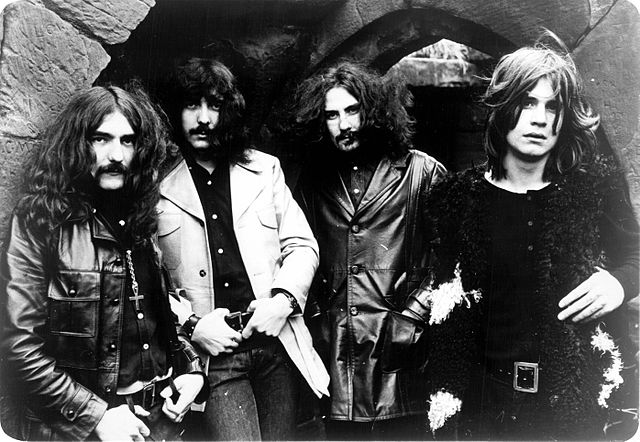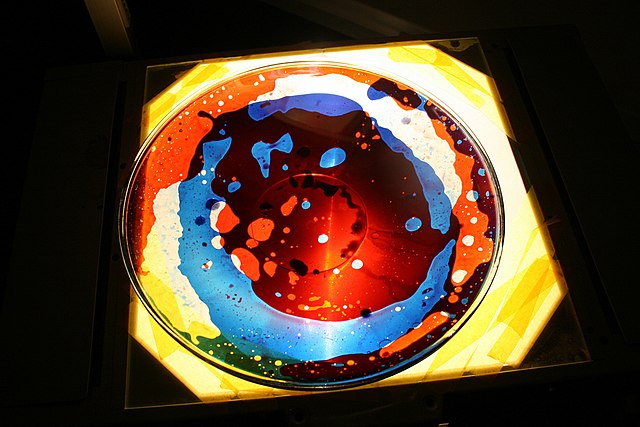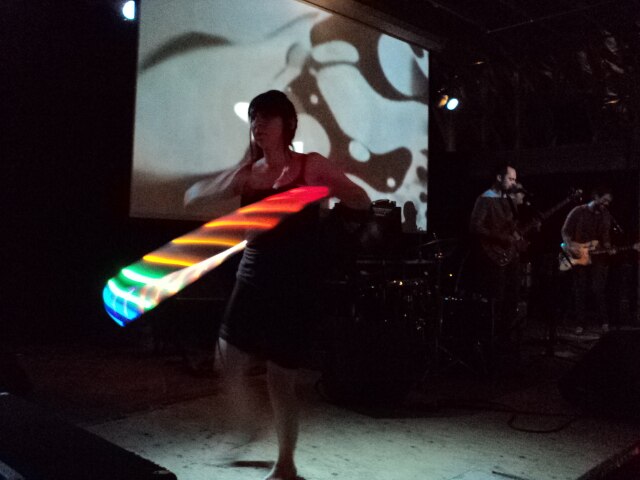Acid rock is a loosely defined type of rock music that evolved out of the mid-1960s garage punk movement and helped launch the psychedelic subculture. While the term has sometimes been used interchangeably with "psychedelic rock", acid rock also specifically refers to a more musically intense, rawer, harder, louder, or heavier subgenre or sibling of psychedelic rock. Named after lysergic acid diethylamide (LSD), the style is generally defined by heavy, distorted guitars and often contains lyrics with drug references and long improvised jams.
A group of Flower Power demonstrators, 1967
Jefferson Airplane, early 1966
Jimi Hendrix performing in 1967
Black Sabbath, 1970
Psychedelia usually refers to a style or aesthetic that is resembled in the psychedelic subculture of the 1960s and the psychedelic experience produced by certain psychoactive substances. This includes psychedelic art, psychedelic music and style of dress during that era. This was primarily generated by people who used psychedelic drugs such as LSD, mescaline and psilocybin and also non-users who were participants and aficionados of this subculture. Psychedelic art and music typically recreate or reflect the experience of altered consciousness. Psychedelic art uses highly distorted, surreal visuals, bright colors and full spectrums and animation to evoke, convey, or enhance the psychedelic experience. Psychedelic music uses distorted electric guitar, Indian music elements such as the sitar, tabla, electronic effects, sound effects and reverb, and elaborate studio effects, such as playing tapes backwards or panning the music from one side to another.

Cadillac Ranch, an example of psychedelic art
Liquid oil projection using a powerful lamp has been used to project swirling colours onto screens since the 1960s
A retro example of psychedelia; the dancer combines 1960s fashion with modern LED lighting.
Replica of Eric Clapton's "The Fool", a guitar design which became symbolic of the psychedelic era








